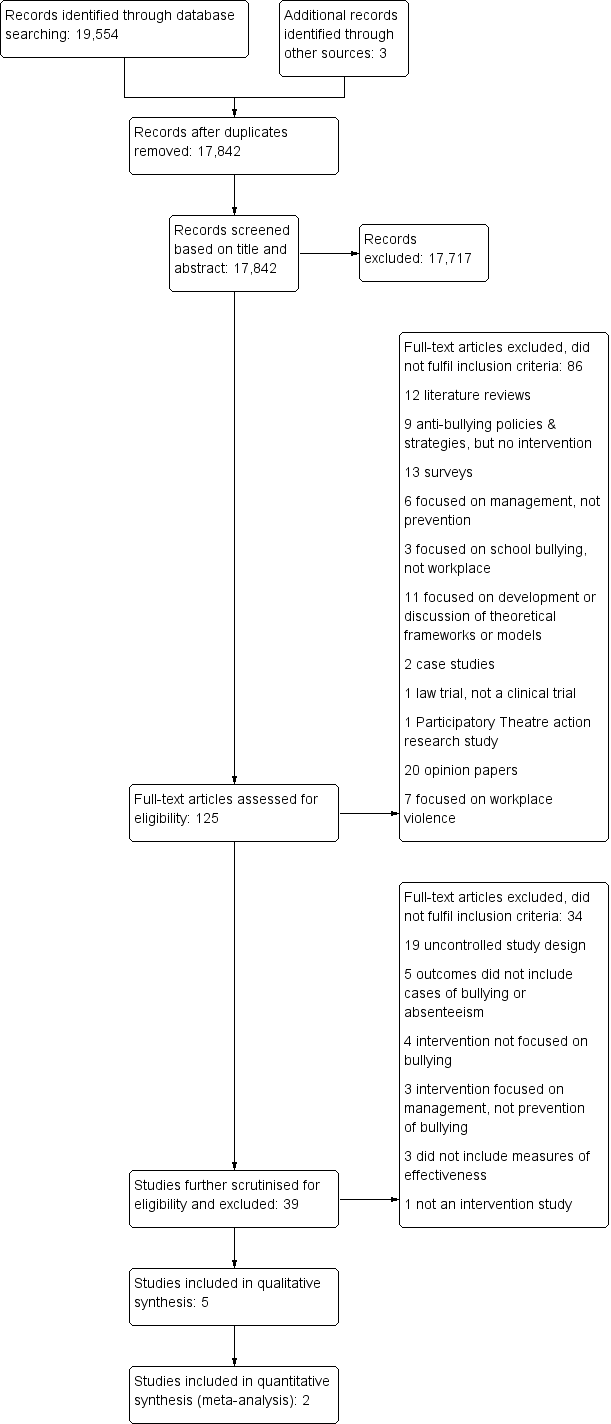Contenido relacionado
Revisiones y protocolos relacionados
Evelien Spelten, Brodie Thomas, Peter F O'Meara, Brian J Maguire, Deirdre FitzGerald, Stephen J Begg | 29 abril 2020
Anootnara Talkul Kuster, Therese K Dalsbø, Bao Yen Luong Thanh, Arnav Agarwal, Quentin V Durand‐Moreau, Ingvild Kirkehei | 30 agosto 2017
Daniela V Pachito, Alan L Eckeli, Ahmed S Desouky, Mark A Corbett, Timo Partonen, Shantha MW Rajaratnam, Rachel Riera | 2 marzo 2018
Myrthe van Vilsteren, Sandra H van Oostrom, Henrica CW de Vet, Renée‐Louise Franche, Cécile RL Boot, Johannes R Anema | 5 octubre 2015
Steve Geoffrion, Danny J Hills, Heather M Ross, Jacqueline Pich, April T Hill, Therese K Dalsbø, Sanaz Riahi, Begoña Martínez-Jarreta, Stéphane Guay | 8 septiembre 2020
Katarzyna Byber, Thomas Radtke, Dan Norbäck, Christine Hitzke, David Imo, Matthias Schwenkglenks, Milo A Puhan, Holger Dressela, Margot Mutscha | 10 diciembre 2021
Nipun Shrestha, Katriina T Kukkonen‐Harjula, Jos H Verbeek, Sharea Ijaz, Veerle Hermans, Zeljko Pedisic | 17 diciembre 2018
Sharon P Parry, Pieter Coenen, Nipun Shrestha, Peter B O'Sullivan, Christopher G Maher, Leon M Straker | 19 noviembre 2019
Brian E van Wyk, Victoria Pillay‐Van Wyk | 16 abril 2014
Bao Yen Luong Thanh, Malinee Laopaiboon, David Koh, Pornpun Sakunkoo, Hla Moe | 7 diciembre 2016
















